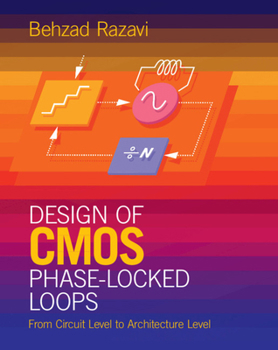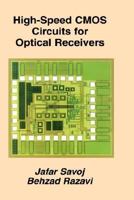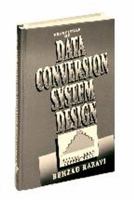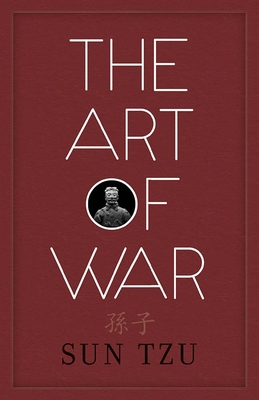Design of CMOS Phase-Locked Loops
Select Format
Select Condition 
Book Overview
Using a modern, pedagogical approach, this textbook gives students and engineers a comprehensive and rigorous knowledge of CMOS phase-locked loop (PLL) design for a wide range of applications. It features intuitive presentation of theoretical concepts, built up gradually from their simplest form to more practical systems; broad coverage of key topics, including oscillators, phase noise, analog PLLs, digital PLLs, RF synthesizers, delay-locked loops, clock and data recovery circuits, and frequency dividers; tutorial chapters on high-performance oscillator design, covering fundamentals to advanced topologies; and extensive use of circuit simulations to teach design mentality, highlight design flaws, and connect theory with practice. Including over 200 thought-provoking examples highlighting best practices and common pitfalls, 250 end-of-chapter homework problems to test and enhance the readers' understanding, and solutions and lecture slides for instructors, this is the perfect text for senior undergraduate and graduate-level students and professional engineers who want an in-depth understanding of PLL design.
Format:Hardcover
Language:English
ISBN:1108494544
ISBN13:9781108494540
Release Date:March 2020
Publisher:Cambridge University Press
Length:506 Pages
Weight:3.00 lbs.
Dimensions:1.0" x 8.2" x 10.0"
Related Subjects
Business & Finance Business & Investing Computer Science Computers Computers & Technology Education & Reference Languages & Tools Modeling & Simulation Object-Oriented Design Object-Oriented Software Design Programming Programming Languages Software Software Design, Testing & Engineering Textbooks UMLMore by Behzad Razavi
Customer Reviews
5 customer ratings | 5 reviews
There are currently no reviews. Be the first to review this work.

































